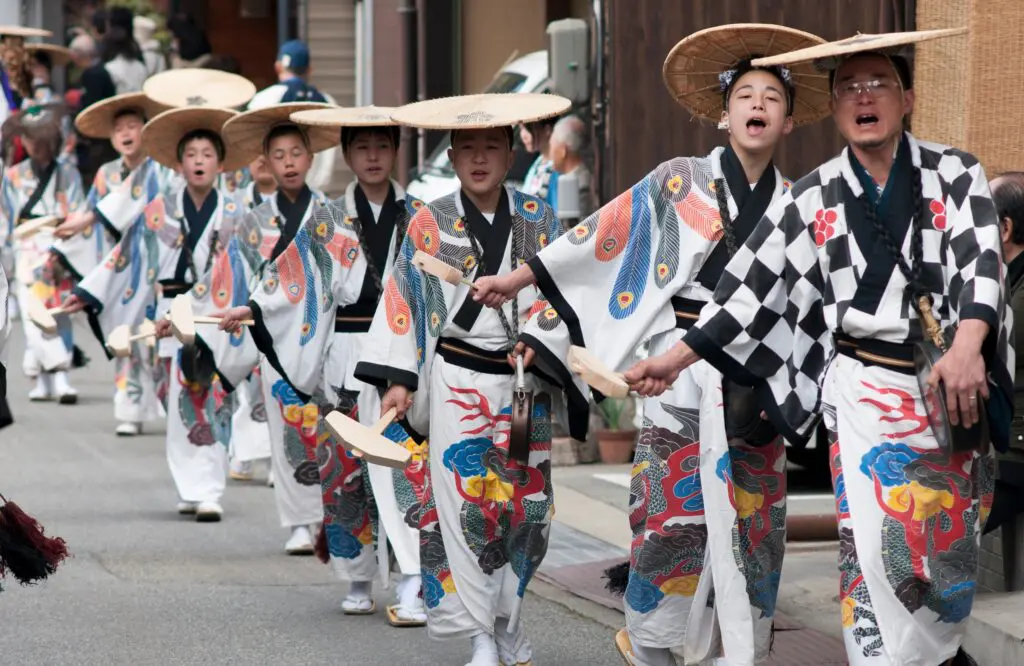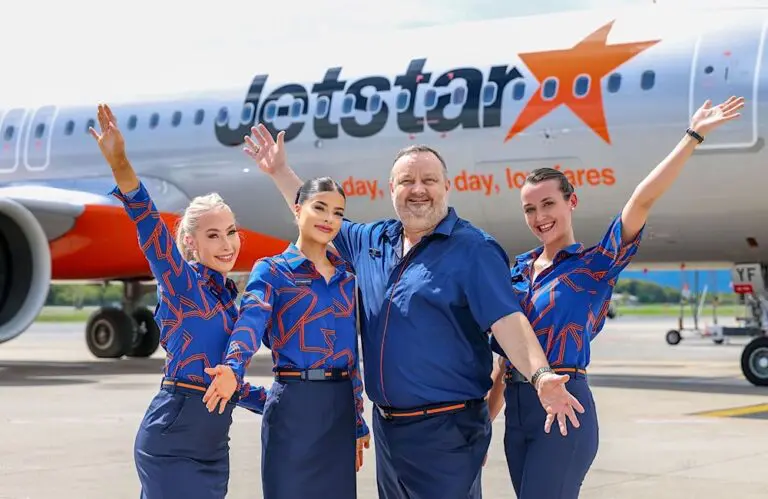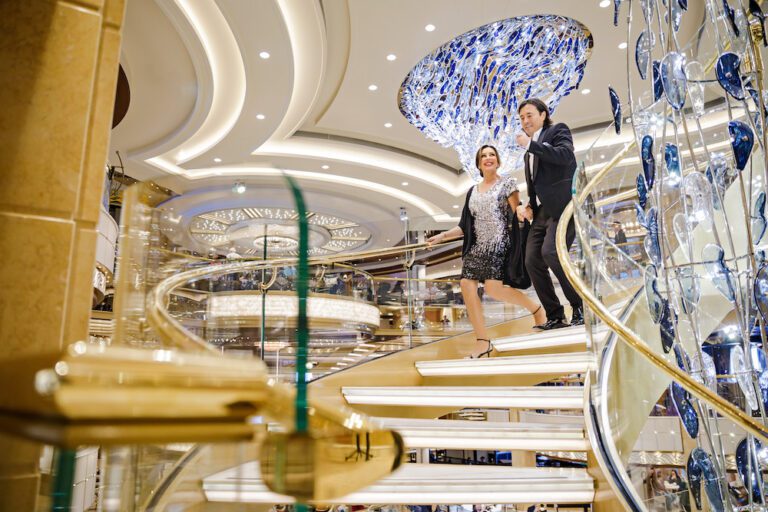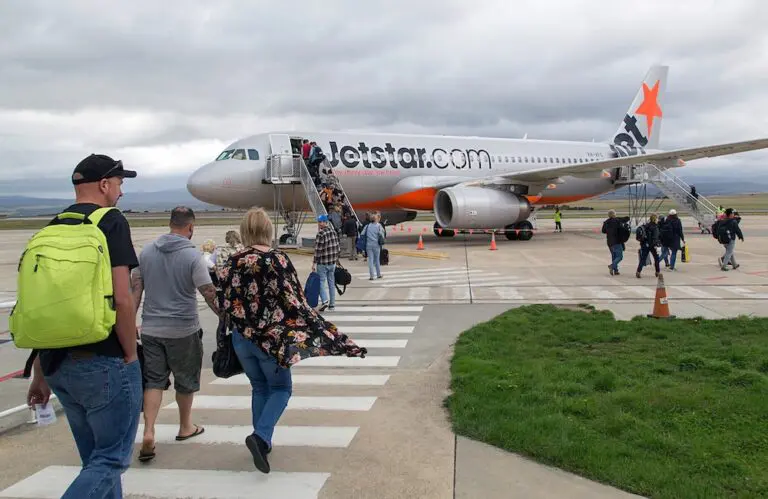As World Expo 2025 kicks off in Osaka, Japan is readying for an influx of tourists, particularly to the popular Kansai region, which includes holiday hotspots like Kyoto and Nara.
Over the next six months, officials forecast the five-yearly event will attract nearly 30 million visitors. And while the majority of those patrons will no doubt be domestic, tourism authorities also expect to see huge interest among international travellers. This is on top of the millions of overseas visitors already planning trips to the country, which continues to skyrocket in popularity, including with Australians.
However, all of this prompts a broader concern: how much tourism can Japan realistically sustain?
Put this question to Inside Travel Group Director Alastair Donnelly, an expert in travel to Japan, and he’ll give you an interesting answer.
“The vast majority of tourism in Japan is domestic. So, of all the visitors to Kyoto in 2019, only 17% were inbound tourists. And of all the room nights in Kyoto in 2019, interestingly, only 35% [or] something like that was inbound,” he tells Karryon in an interview.
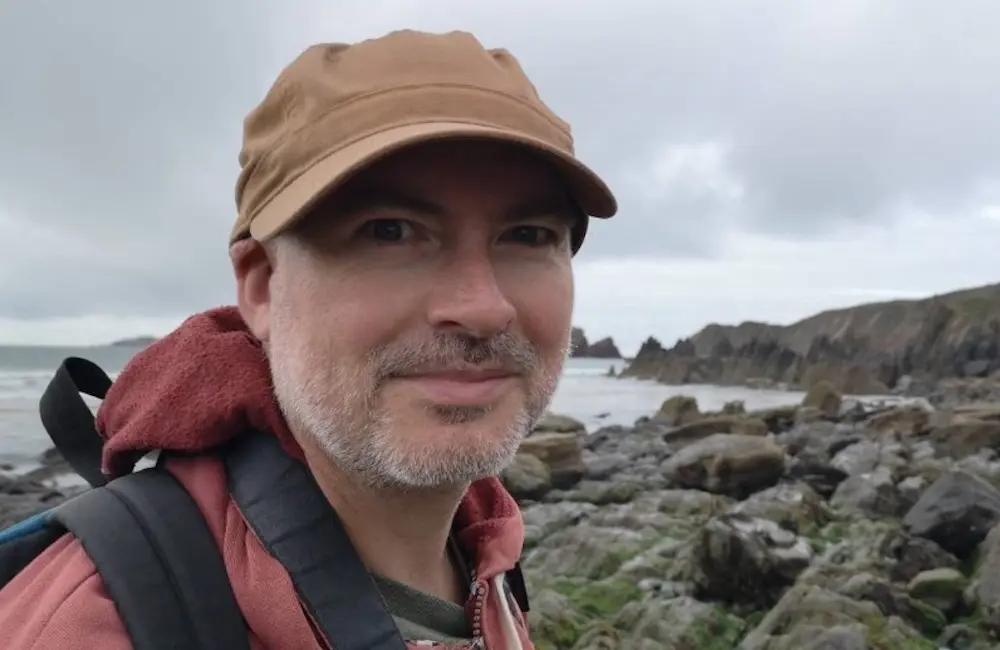
“However, domestic tourism is inevitably on the decline in Japan because they have a population decline, and the main people travelling are the older people who have retired – and over time, that is reducing quite rapidly.
“So, it’s really important for Japan to replace domestic tourism with inbound tourism and that’s part of the government strategy. This is why they have this long-term view – the 60 million [visitors] by 2030 – because it’s replacing part of the economy that’s disappearing because of population loss.”
But there are caveats to this. For one, Donnelly says tourism must be more dispersed across the country.
“So can Japan, in absolute numbers, continue to handle more and more people now? Probably not, if they’re all going to the same places,” he explains.
“But actually, I don’t think the absolute numbers are going to grow quite in the way that people from outside of Japan… looking at it from an inbound perspective, are thinking it will.
“Because you might add those 20 million on by 2030 but you are going to see significant reductions in domestic tourism. So it’s a slightly odd way of looking at it… but that’s how I see it.”
Japan vs Europe

Alastair also points to another important factor that he feels should be considered when assessing Japan’s current visitor levels.
“In terms of tourism density, the major cities in Japan are nothing like Amsterdam, London, Madrid. Compared to some of those places, the tourism density is much lower,” he says.
“That doesn’t mean there aren’t significant issues in specific locations at specific times. So you can’t just keep piling more and more people into Kyoto at the same time.”
Donnelly’s views come from a position of authority: after living in Japan for several years, he co-founded InsideJapan Tours (which later became the leading brand within Inside Travel Group) when the Asian nation was still a relatively “niche destination”.
Two and a half decades later, business is booming. But so is overall travel to the country, which has seen numbers rise from around 4 million in 2000 to some 36 million in 2024.
“So there’s some inherent challenges, both for the destination, but also for the travelling public. When a destination makes that journey – [like] when I talk about that lazy river of travel in Asia, you go to Thailand… it’s very easy just to be moved along from destination to destination and be separated from the culture a little bit – it’s just all very slick,” Donnelly remarks.
“That’s the danger for travellers in a lot of Japanese tourism now, and I see it in a lot of the products in the market – it’s just very vanilla, very commoditised.
“You’ll love it. People will still enjoy it… but they won’t get the excitement and the meaning out of it that people were getting back in the 2000s, the early 2010s – and I really feel that’s where specialist tour operators, like InsideJapan have an important role to play.
“We’re not just trying to flog people a cheap hotel and a couple of bullet trains and a standard tour around the A-list sites and the top 10s from TripAdvisor. We’re trying to give people a slice of everyday local life. We’re trying to get people to understand the connections between the past and the present.”
Upping under-tourism
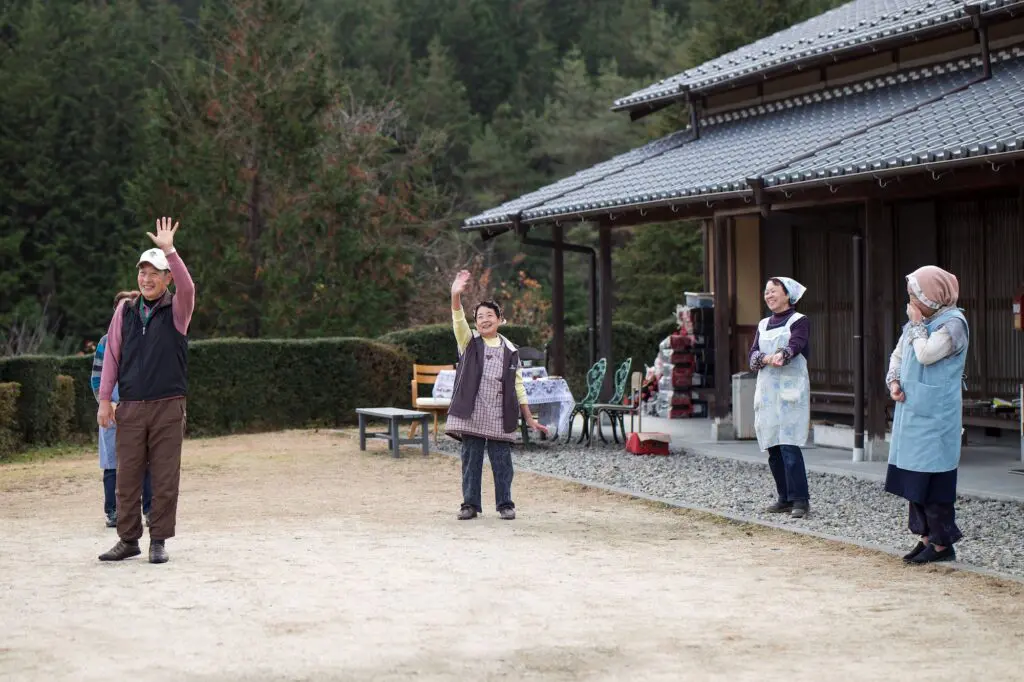
With this in mind, InsideJapan has launched a new “under-tourism” strategy to help ease pressure on overtouristed destinations like Kyoto and Kawaguchiko, in the shadow of Mt Fuji.
The initiative, launched as the company celebrates its 25th anniversary in 2025, aims to guide travellers toward lesser-known, culturally rich regions across Japan.
To this end, InsideJapan will promote five under-visited regions in 2025, selected for their accessibility, infrastructure and capacity for growth: Yamaguchi, Nagasaki, Toyama, Nagoya and Aomori.
To support the move, the brand has also reduced small group tour prices by up to 15% in off-peak periods.
“We know that 80% of travellers visit only 10% of destinations – and we want to change that,” Inside Travel Group Co-Founder Simon King says.
“This initiative will not only alleviate the pressure on the country’s most visited sites but will also foster economic growth in underexplored areas.”
And Donnelly says these lower profile regions are ready to roll.
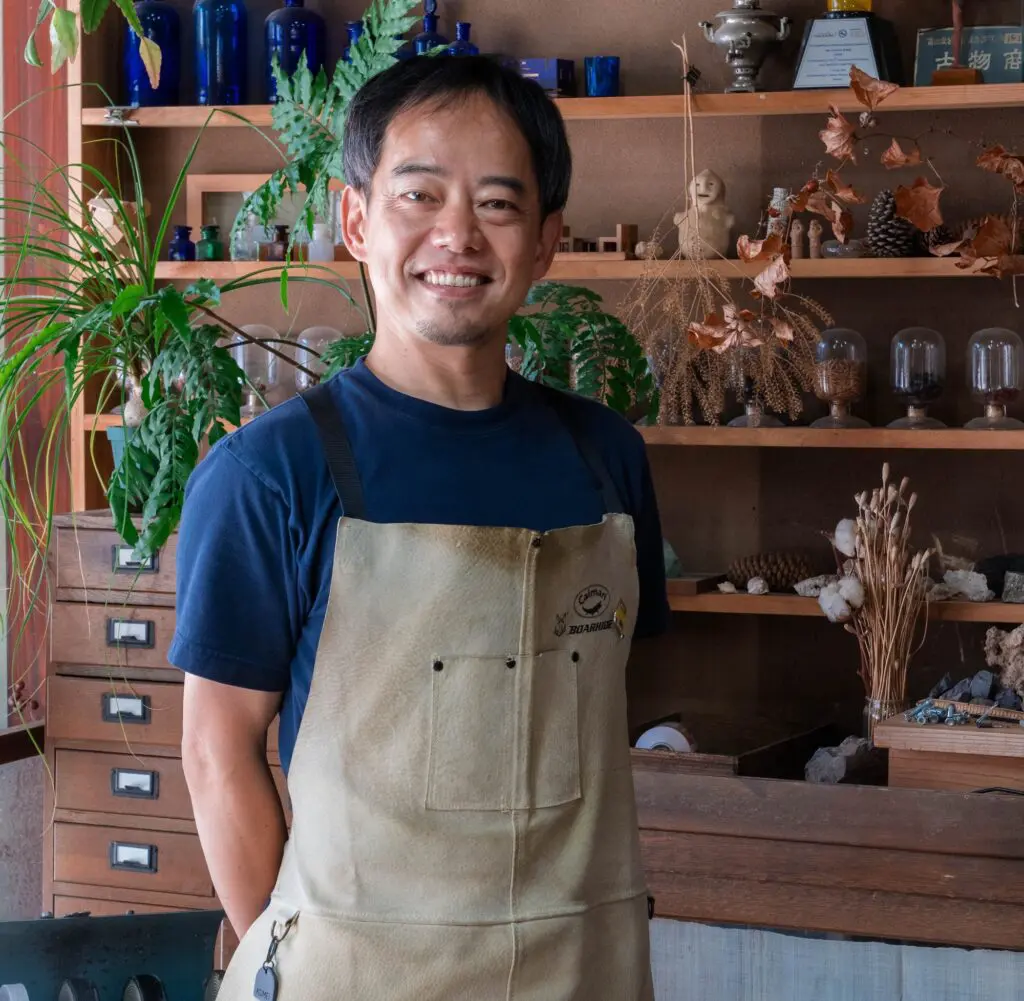
“We can’t move the dial as one travel company. You need a collective effort to do that,” he tells Karryon.
“So, we’ve identified under-touristed destinations – some like Toyama Prefecture have been doing a lot of promotion; they’ve got facilities, they’ve got amazing things to share; they’ve got a city that can act as a hub to lots of interesting activities and places and stories.
“So that is a real priority for us: to bring those to the public and our markets – and we’ll be sharing a lot of that in the Aussie market as well.”
Without a doubt, InsideJapan is doing something right. In 2024, it had its best-ever year, when it achieved “71 million pound sterling (nearly $150 million) worth of new confirmations”.
“Our best year before that was the year before. We were at like 49.5,” Alastair says. “So we’re seeing some really, really strong growth coming out of the pandemic… especially here in the Aussie market.”
And if Donnelly’s prediction about a domestic decline is true, that spells good news for Japan.
For more information, visit www.insidejapantours.com.


